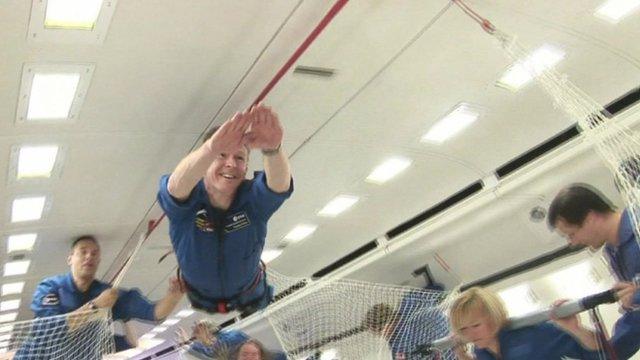Newton's apple pips sent to Tim Peake on ISS
- Published
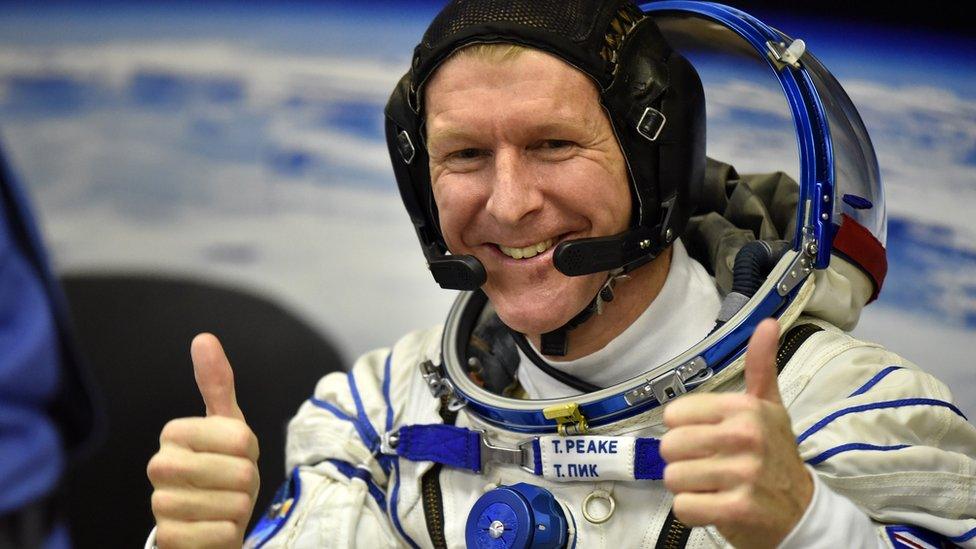
Tim Peake blasted off from the Baikonur Cosmodrome in Kazakhstan on a Soyuz rocket, on Tuesday
Apple seeds from the tree that inspired Sir Isaac Newton will be used in experiments on the International Space Station by British astronaut Tim Peake.
The pips originate from a tree in the orchard of Woolsthorpe Manor, Newton's birthplace, in Lincolnshire.
The seeds are part of the astronaut's mission named Principia, external after Newton's book published in 1687.
The apple pips form part of a wider project to see what impact space travel has on their growth.
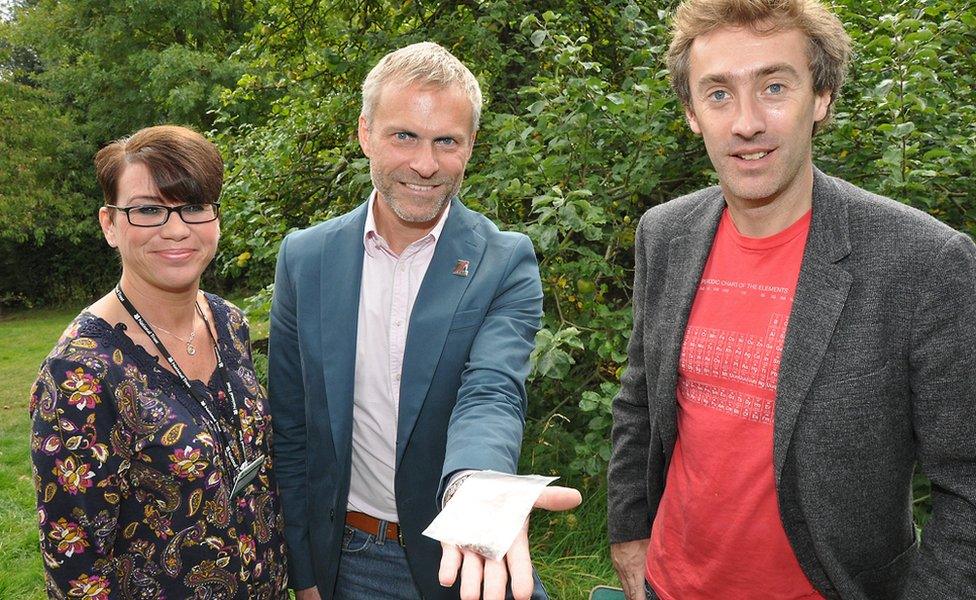
Left to right: Jannette Warrener, from Woolsthorpe Manor, Jeremy Curtis, from the UK Space Agency and TV science presenter Dallas Campbell with a pack of the seeds
Mr Peake, who arrived at the International Space Station on Tuesday, also has a million seeds of rocket on board which will be distributed to 10,000 UK schools on his return.
They arrived along with the apple pips by supply ship earlier in December.
The National Trust, which own Woolsthorpe Manor where Newton did most of his work on Principia, will try to grow trees from the seeds when they are returned in 2016.
'Mutant space tree'
Jannette Warrener, from the trust, said: "We gave apple seeds in September 2014 to the UK space agency in the hope they would go up in Tim Peake's space mission.
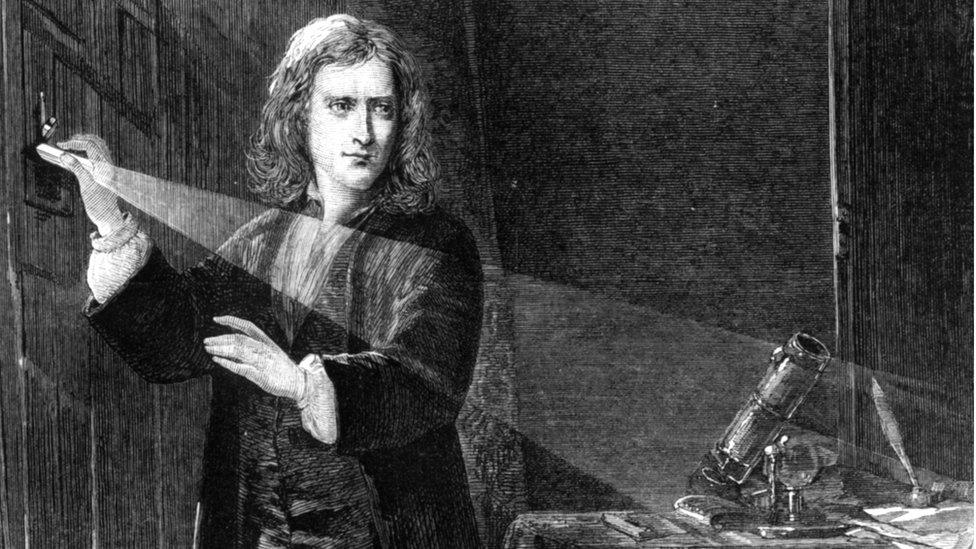
Sir Isaac Newton (1642 - 1727) carried out scientific research at Woolsthorpe manor
"One of the intentions would be to bring the seeds back to earth and we'll grow some some space trees and see what happens with those.
"I've got a really cool image in my head of some kind of mutant space tree."
The National Trust hope the project will inspire younger scientists.

Newton's apple tree
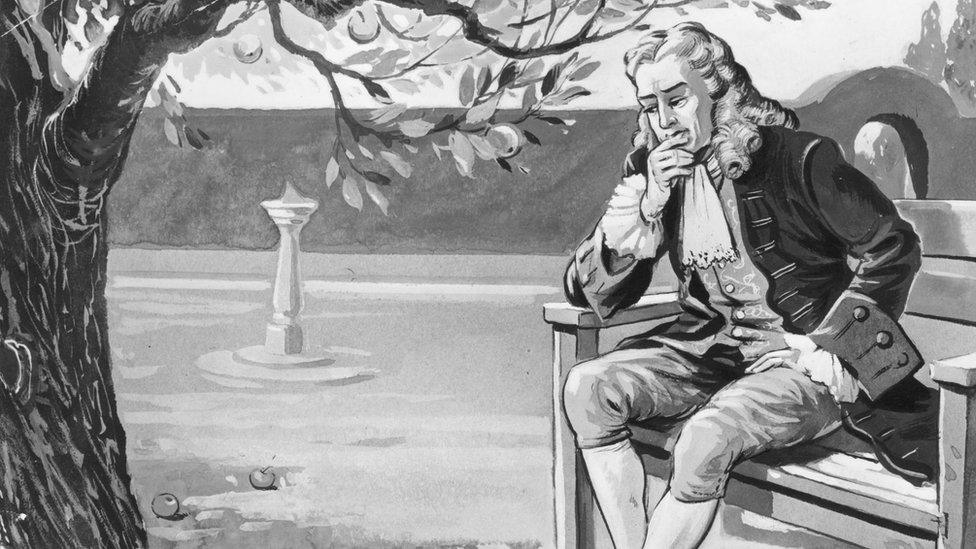
The seeds come from a 400-year-old apple tree that is said to have inspired Sir Isaac Newton and his thoughts on gravity.
The popular story goes that an apple fell on the mathematician's head and suddenly everything became clear to him.
It was more likely that he witnessed the apple fall either in the orchard or from his bedroom window.
Martin Kemp, emeritus professor of the history of art at Oxford University's Trinity College, said in 2010, the story originated from a conversation Newton had with scholar William Stukeley.
He recounted the apple story to Stukeley about how it had caused him to investigate the theory of gravitation.
Mr Kemp said: "It was a chance event that got him engaged with something he might otherwise have shelved."

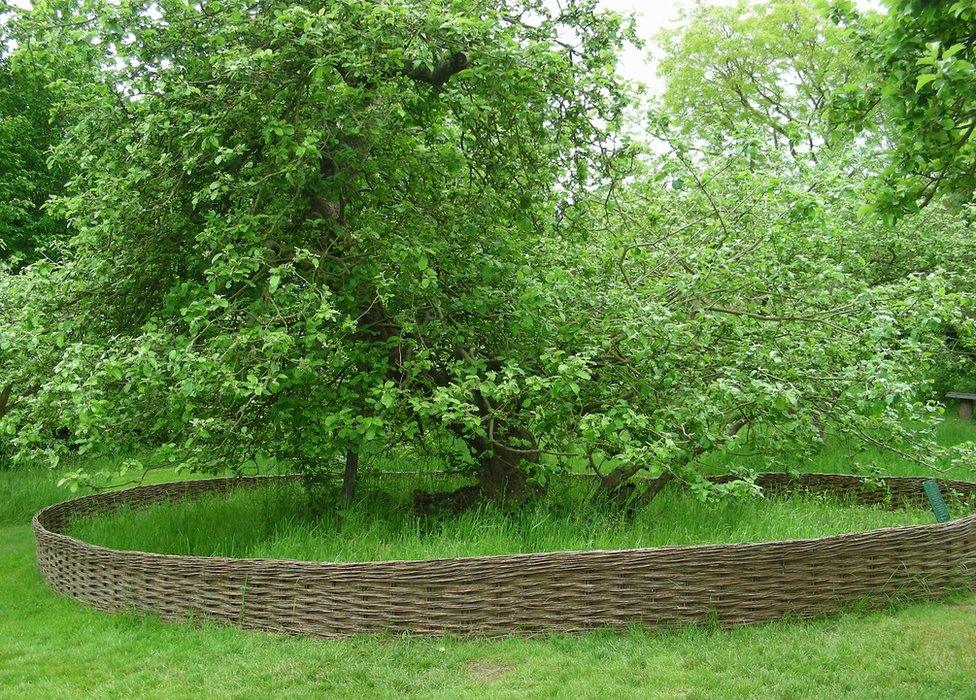
The tree at Woolsthorpe Manor is protected by a willow fence
- Published18 December 2015
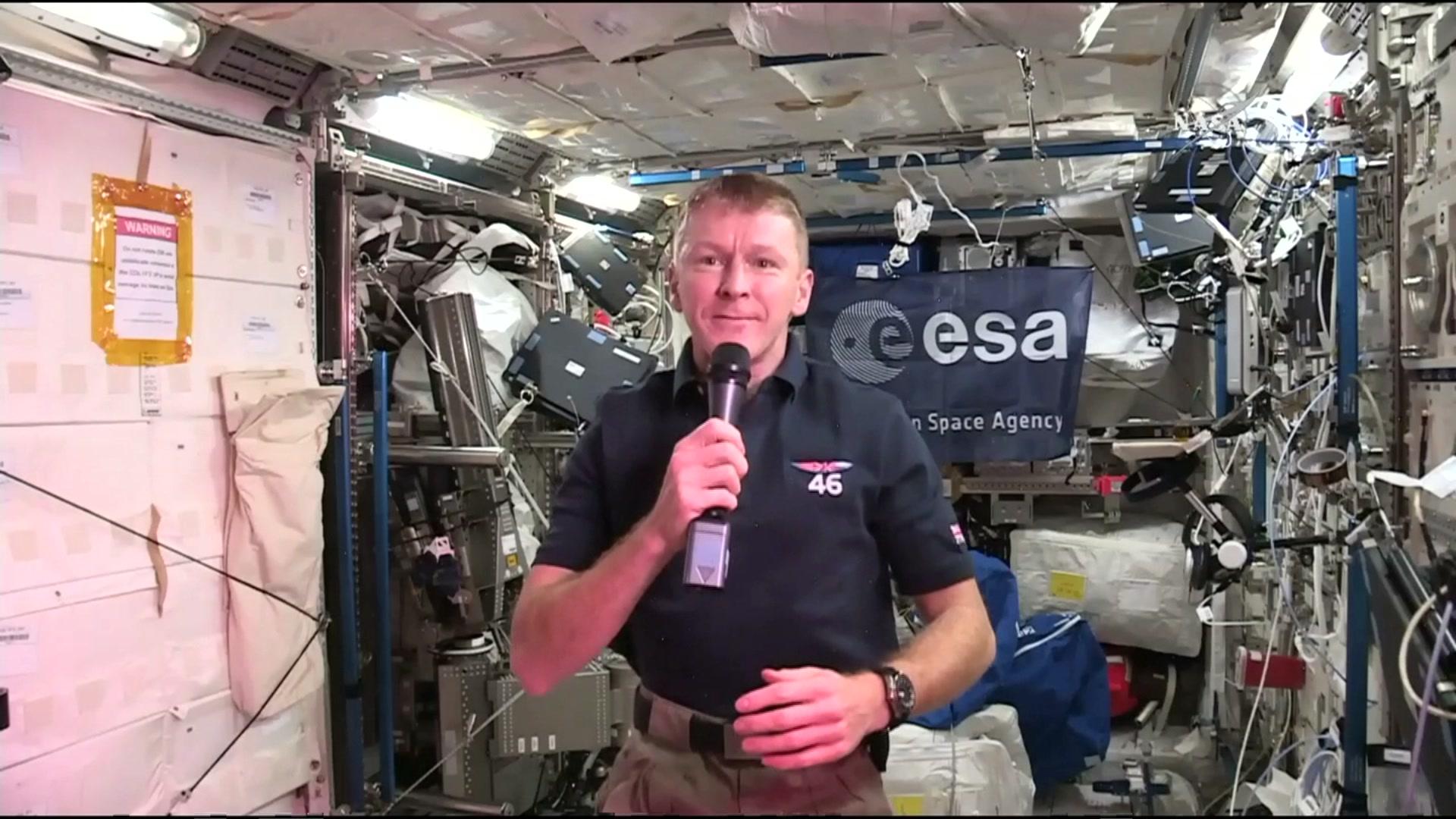
- Published18 December 2015

- Published17 July 2014
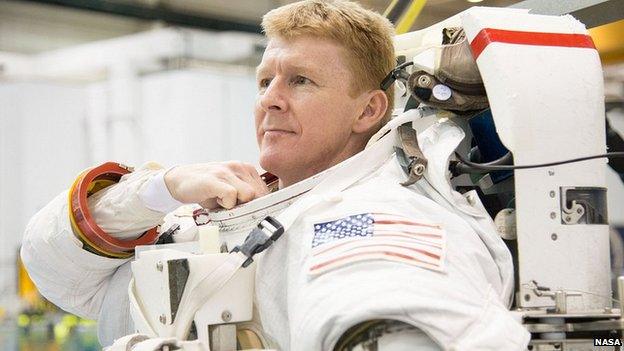
- Published18 July 2014
